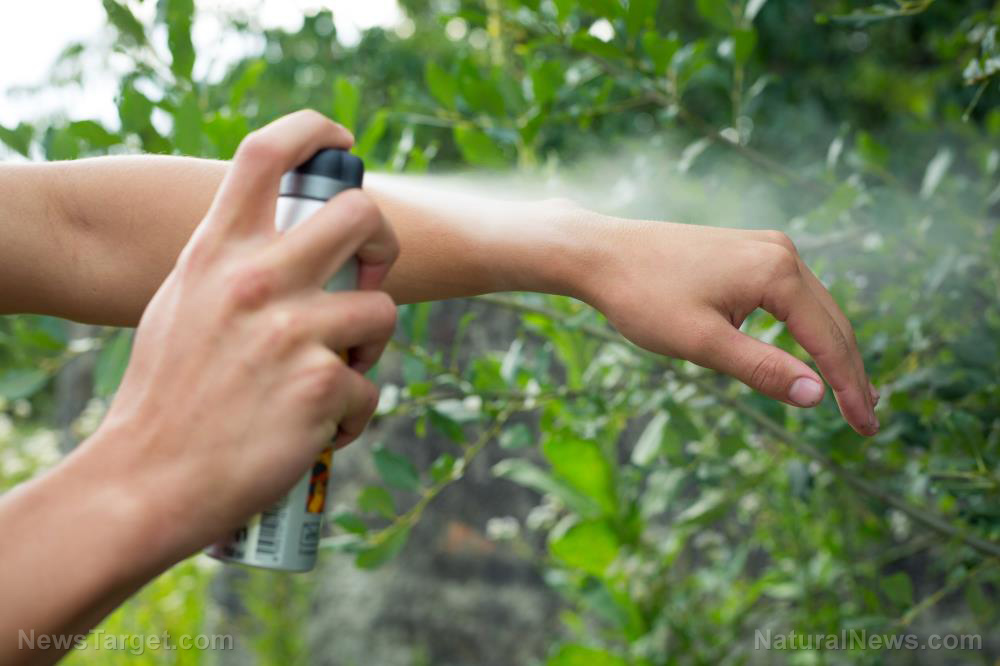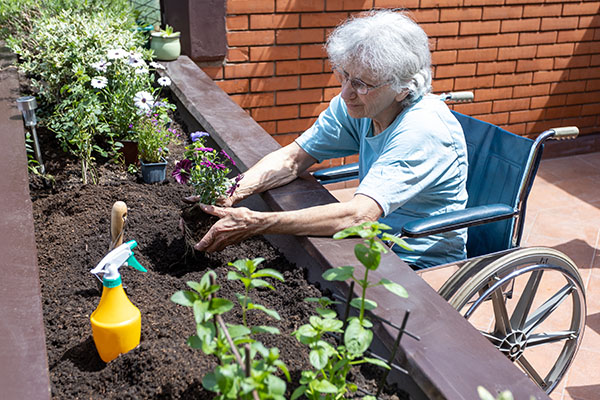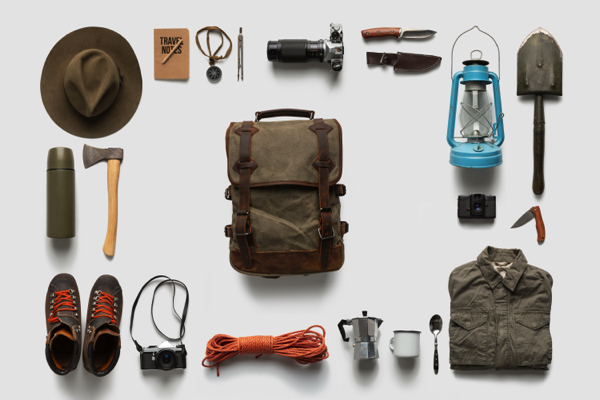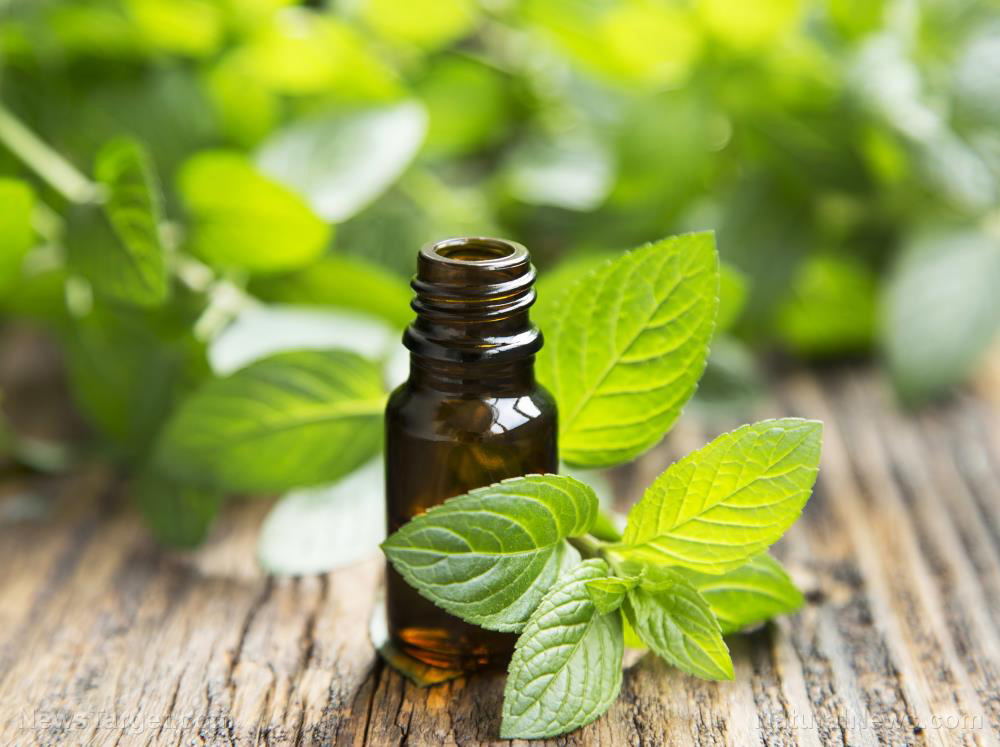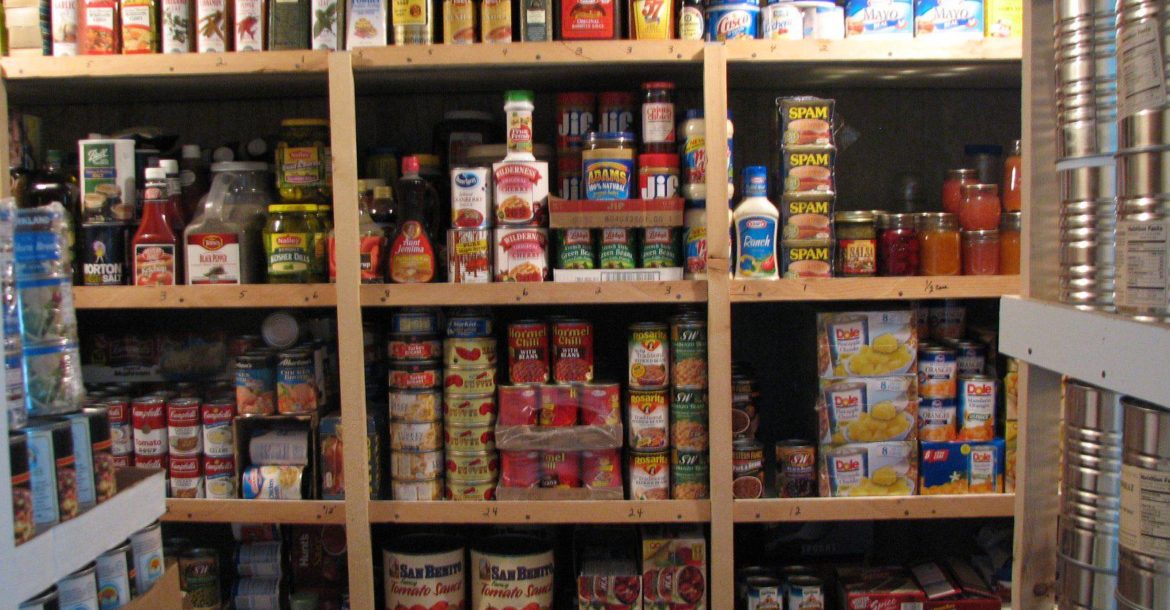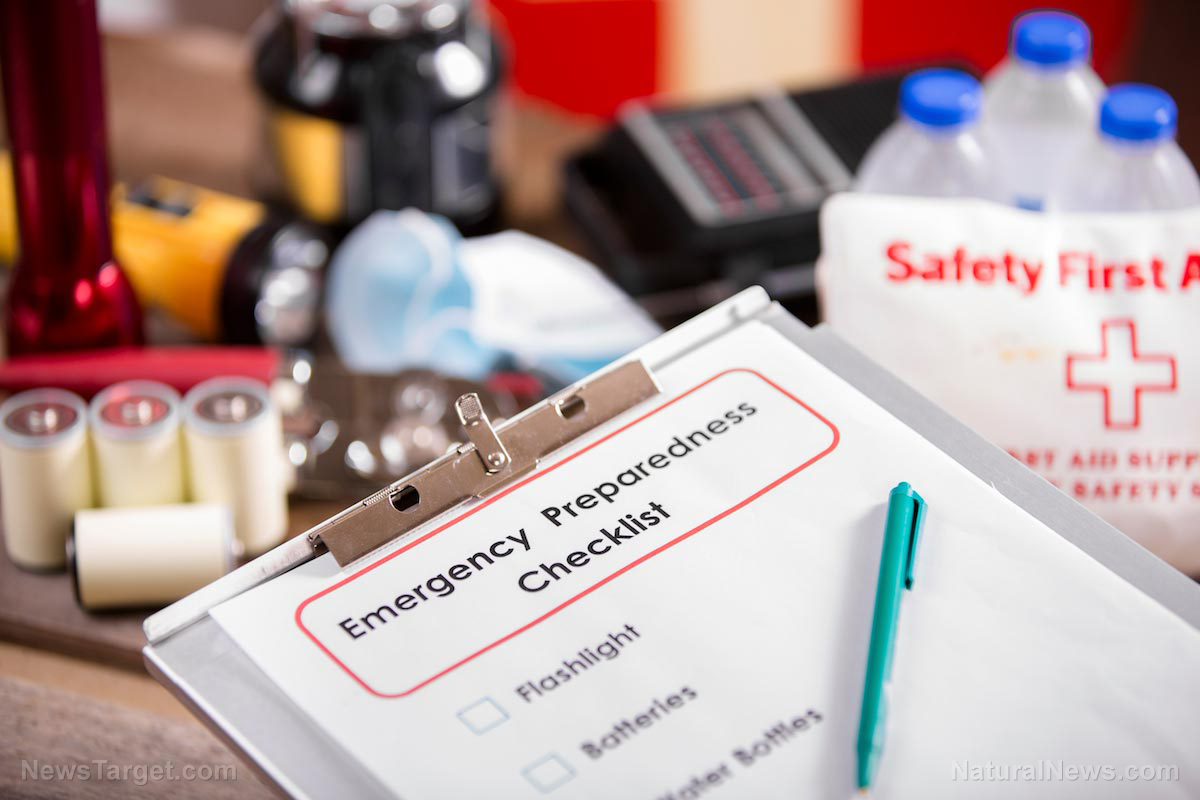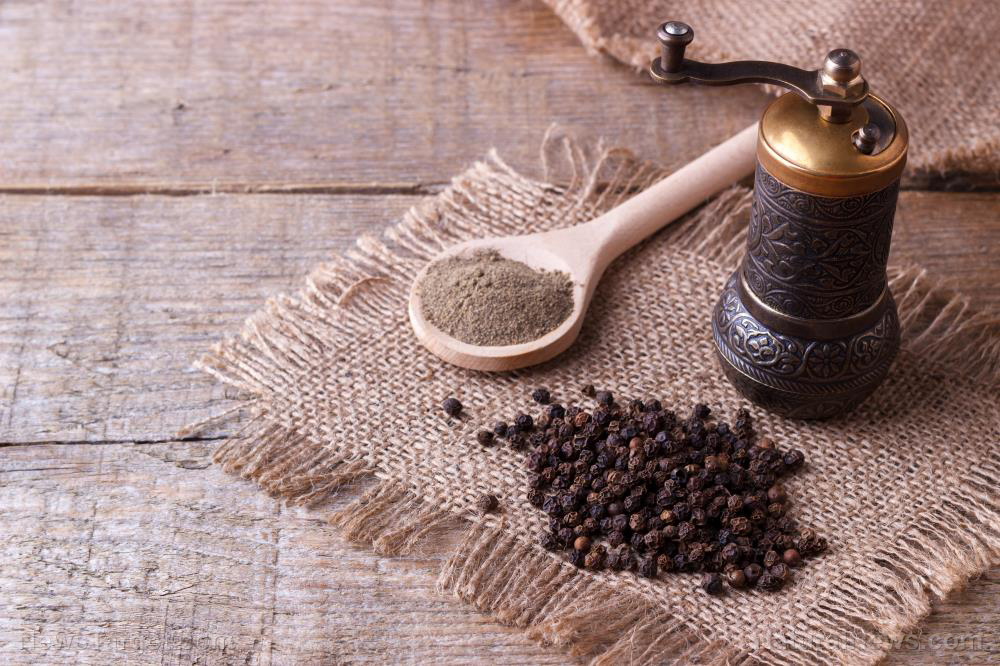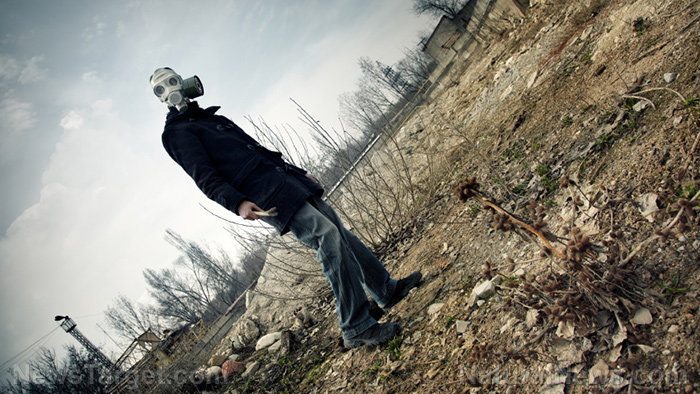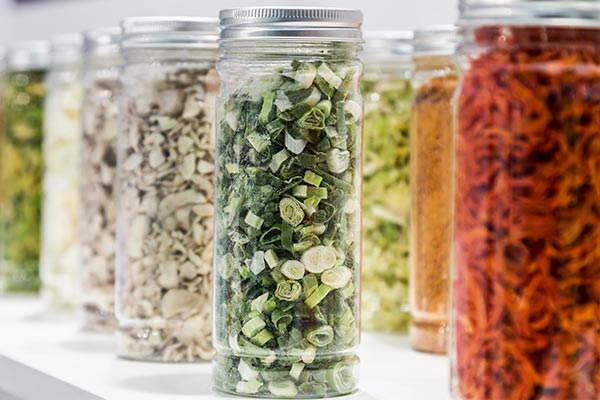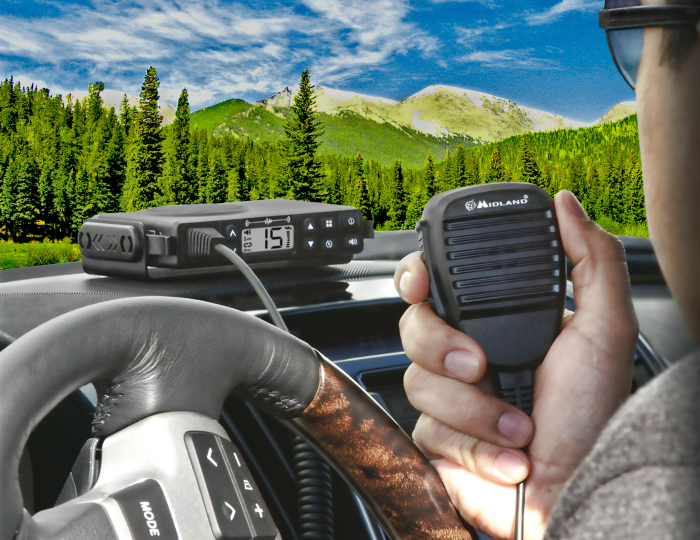The wonders of camouflage: A comprehensive guide on how to avoid detection when SHTF
03/29/2024 / By Olivia Cook
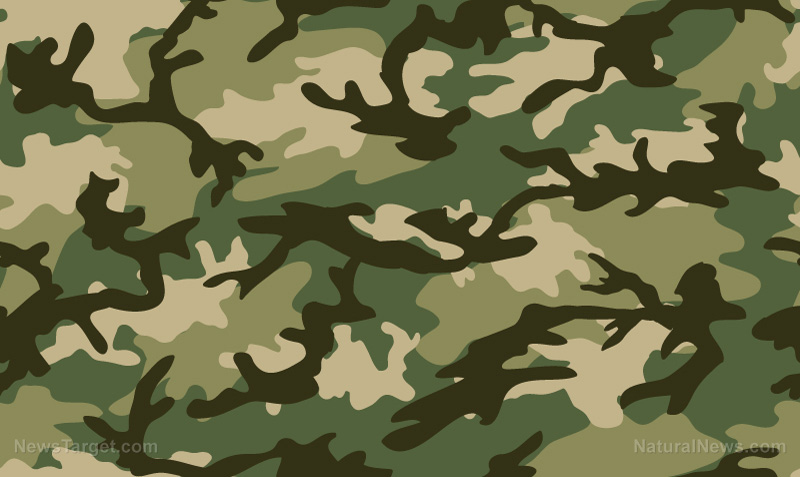
Camouflage is an art. Everybody can learn this skill which often go hand-in-hand with prepping and survival. We camouflage if we want to avoid detection by other people as much as possible. Your survival may depend on remaining undetected and unseen. That’s the importance of camouflage which has been continually refined since time immemorial.
Unlike animals, humans lack a keen sense of smell and will rely on vision to see their predators. Without camouflage, you will be easy to stop. An average person can easily detect you against the backdrop of nature or a cityscape.
Camouflage can change this. In good times or bad ones, there are activities that call for camouflage. It will ensure your success, especially if you’re hunting.
Even the most simple camouflage can elude a sloppy and bumbling hunter. Blending into your surroundings can help with reconnaissance. Camo can spell the difference between success and failure.
Breaking up the shape is one of the simplest and most fundamental aspects of camouflage. The human form is one of the easiest shapes to recognize. A variety of means can disrupt the shape of an object by using obstructions, or even local vegetation.
The silhouette is closely linked to shape and is the outline of an object against a background. Even if you’re covered from head to toe in camouflage, the silhouette of the camouflage blob moving against the background will say “human.”
The most fundamental element of camouflage is color. You want to be in browns if you’re in the woods. If you’re in the snow, white and perhaps some black is your best bet. If you’re in the jungle, wear green.
A light reflecting off any shiny surface can spoil your camouflage. Metal is a common culprit, as are glossy plastics. Human skin can also be glossier compared to the surrounding environment. You want to cover exposed skin with something that is not reflective, like mud or dirt, or camouflage grease paint to tone down any shine.
Camouflage is a big business
Camouflage is a big business. Simply put, hunters are on the lookout for the next best pattern to improve their hunt, while the military has a huge interest to increase the safety of its forces.
Blending is an option that defeats and counteracts silhouettes and the outline of shapes. Blending depends on color. Blend into a forest floor by relying on the same fallen leaves all around you to mask your own shape and color. Men, materials and vehicles can be blended by using colors combined with foliage.
Countershading is a process by which camouflage defeats the shadow signature of an object against another background, encouraging the eye to ignore it or slide past it. It is an easily done and popular form of camouflage.
Mimicry can be technical or simple. It is camouflage by way of looking like something else. Hunters fool waterfowl into ignoring them by using duck blinds with the appearance of reeds printed on them and synthetic reeds attached all around them.
Think rupture when you think of ruption which is an odd word that simply means to break up the shape of something. The classic United States Army Woodland camo pattern is a great example of ruption because of its use of high contrast disruptive colors with irregular markings.
Camouflaging a vehicle is obviously a much larger undertaking than camouflaging yourself and all your gear. You can use many of the same techniques, but they must be scaled up significantly to work on vehicles. Camouflage your vehicle by applying paint specific to the environment. To conceal your vehicle while parked, use natural vegetation.
Unless you’re abandoning your home, shelter must also be camouflaged. But it depends entirely on what kind of shelter you’re talking about. A tent or lean-to won’t be much of a problem. Fixed structures are another story. (Related: How to make an invisible shelter looters can’t find.)
Use local vegetation to break up the silhouette of the tent. It will be expensive, but for larger structures you can do what the military does and make extensive use of that shredded-looking camo netting, along with painting any exposed surface a low profile color. For total concealment, bury it.
How do you camouflage when you’re in an urban environment or a rural or a rural or wilderness setting?
The principles are the same and the colors are not much different either. A dusty sepia-colored tan is workable, but avoid all-too-common white, gray and black “urban” camos so widely available. You can’t go wrong by adopting camo patterns used by militaries and law enforcement agencies around the world.
Human knowledge is under attack! Governments and powerful corporations are using censorship to wipe out humanity's knowledge base about nutrition, herbs, self-reliance, natural immunity, food production, preparedness and much more. We are preserving human knowledge using AI technology while building the infrastructure of human freedom. Use our decentralized, blockchain-based, uncensorable free speech platform at Brighteon.io. Explore our free, downloadable generative AI tools at Brighteon.AI. Support our efforts to build the infrastructure of human freedom by shopping at HealthRangerStore.com, featuring lab-tested, certified organic, non-GMO foods and nutritional solutions.
Urban environments offer challenges for all kinds of camouflage. Most urban camouflage technology has derived from vehicle camouflage research, and you’ve probably seen those on the internet; large, blocky, pixilated, so-called “dazzle” patterns.
While they work okay for making the type of vehicle hard to identify at a distance, those patterns are often worse than useless on a human scale.
Address your exposed skin. Wear gloves for your hands or a gaiter for your face and neck. The hat will also work for covering up the bulk of your head. Camouflage grease paint can also be used for covering exposed skin.
Tan is always the best in most environments, but a combination of grays and greens can work too. Consider even buying or building a ghillie suit if you’re going to be in one place for a long time.
You need to camouflage your gear the same way you do your body. Purchase gear that’s already camouflaged in some pattern suitable will for your environment. Black is often thought of as a sneaky color, and especially good for nighttime use, but this is not always true as black appears very rarely in nature except as deep shadow.
All gear, including guns, should be camouflaged
Any gear that is hand-carried like firearms should likewise be camouflaged. Painting your stockpile of guns camo patterns that help blend them in to avoid detection. Remember that metal and lenses are two of your biggest violators when it comes to shine and light reflection.
Changing your clothing to something suitably low profile is the first step towards attaining camouflage, but it’s not the last. Buy a set of camouflage jacket or shirt and trousers that are specific to the environment and season you’re in.
Consider also your footwear. Don’t wear sneakers or trail shoes that have reflectors.
Good camo can easily be achieved with a good eye for color and careful assessment of the environment you are moving through or hiding in.
Use vegetation in various forms to aid your camouflage efforts, The type of vegetation makes a big difference as does the condition of the surrounding vegetation where you are. Living vegetation, though will die as soon as you cut it or pull it up and it will need replacement. Dead vegetation like dead plants, things like dry grass, fallen branches, dead leaves, hay, straw, etc. work great for texturing and can work well for blending if the surrounding environment is also similarly dead.
Watch this video reviewing the Arcturus Ghost ghillie suit.
This video is from AlexHammer on Brighteon.com.
More related stories:
Prepping tips: How to stay camouflaged in an urban environment?
What is a spider-hole and what are its survival uses?
How do you keep yourself well-hidden in a SHTF scenario?
Prepper essentials: A guide to camouflaging your property.
Prepping tip: How to hide your valuables in plain sight.
Sources included:
Submit a correction >>
Tagged Under:
bug out, camouflage, duck blinds, firearms, Gear, guns, off grid, preparedness, prepper, prepping, self-defense, SHTF, Stealth, survival, survival gear, survivalist, tips
This article may contain statements that reflect the opinion of the author
Get independent news alerts on natural cures, food lab tests, cannabis medicine, science, robotics, drones, privacy and more from NewsTarget.com
Get independent news alerts on natural cures, food lab tests, cannabis medicine, science, robotics, drones, privacy and more from NewsTarget.com
RECENT NEWS & ARTICLES
COPYRIGHT © 2017 · SURVIVAL NEWS



